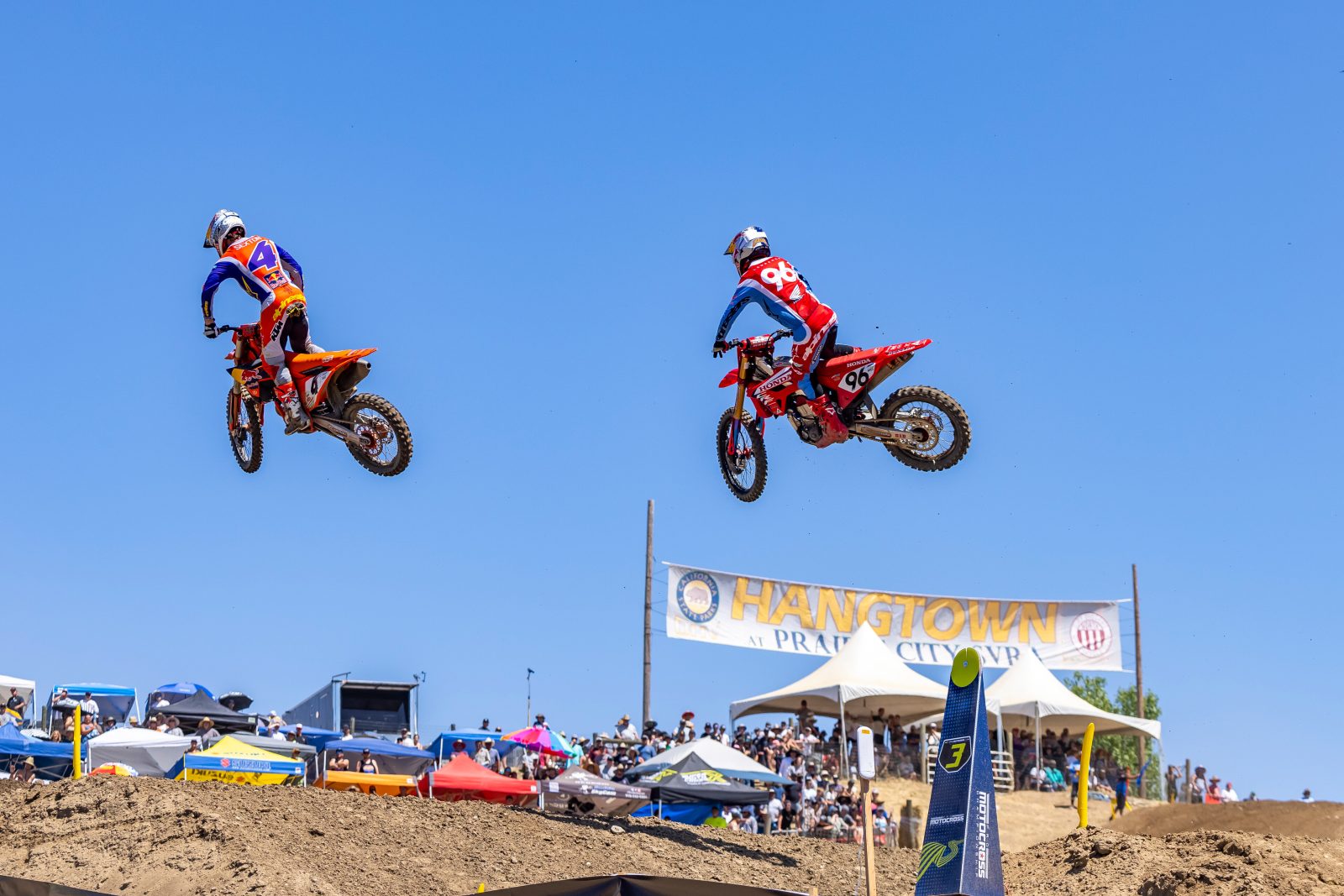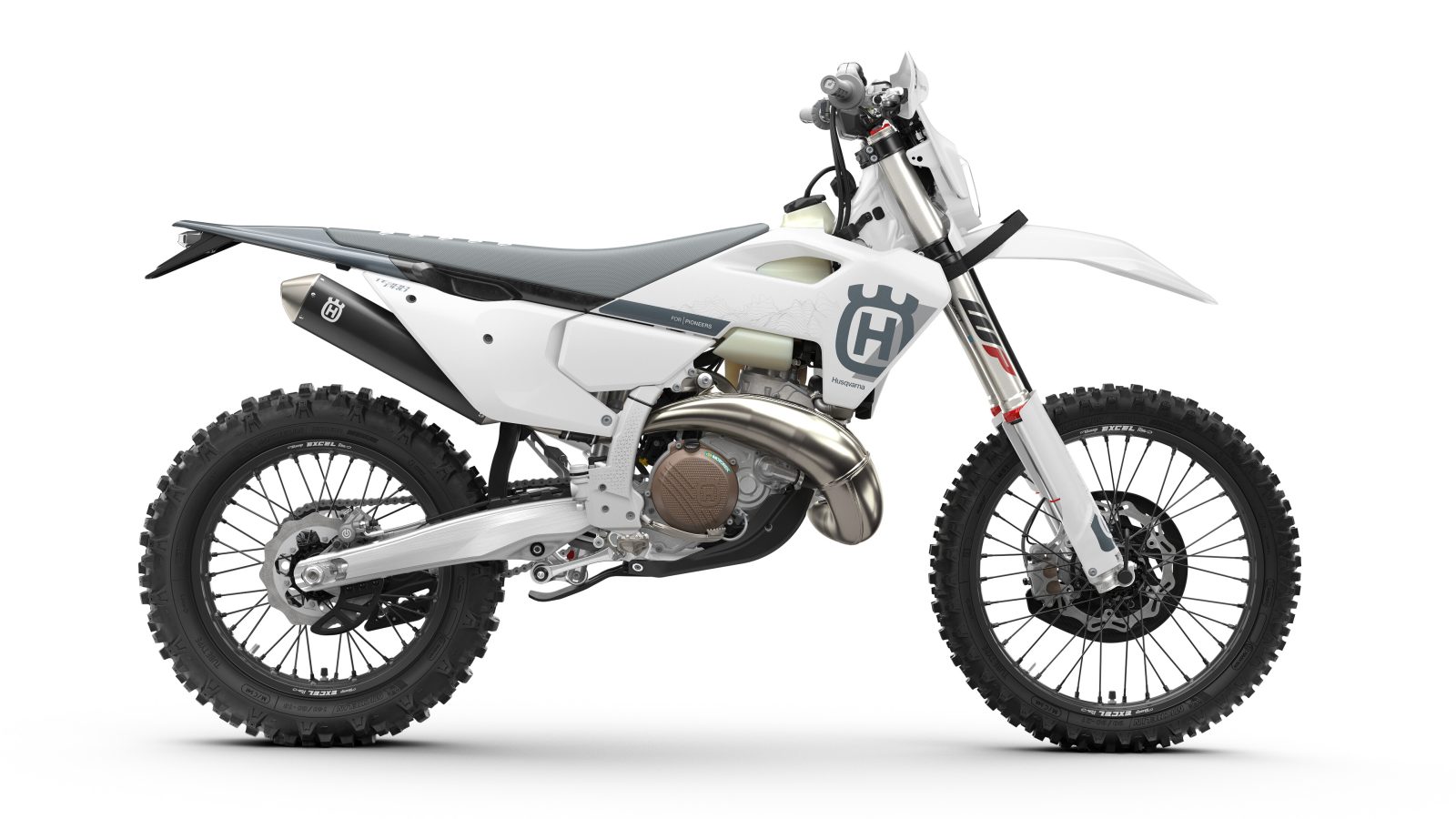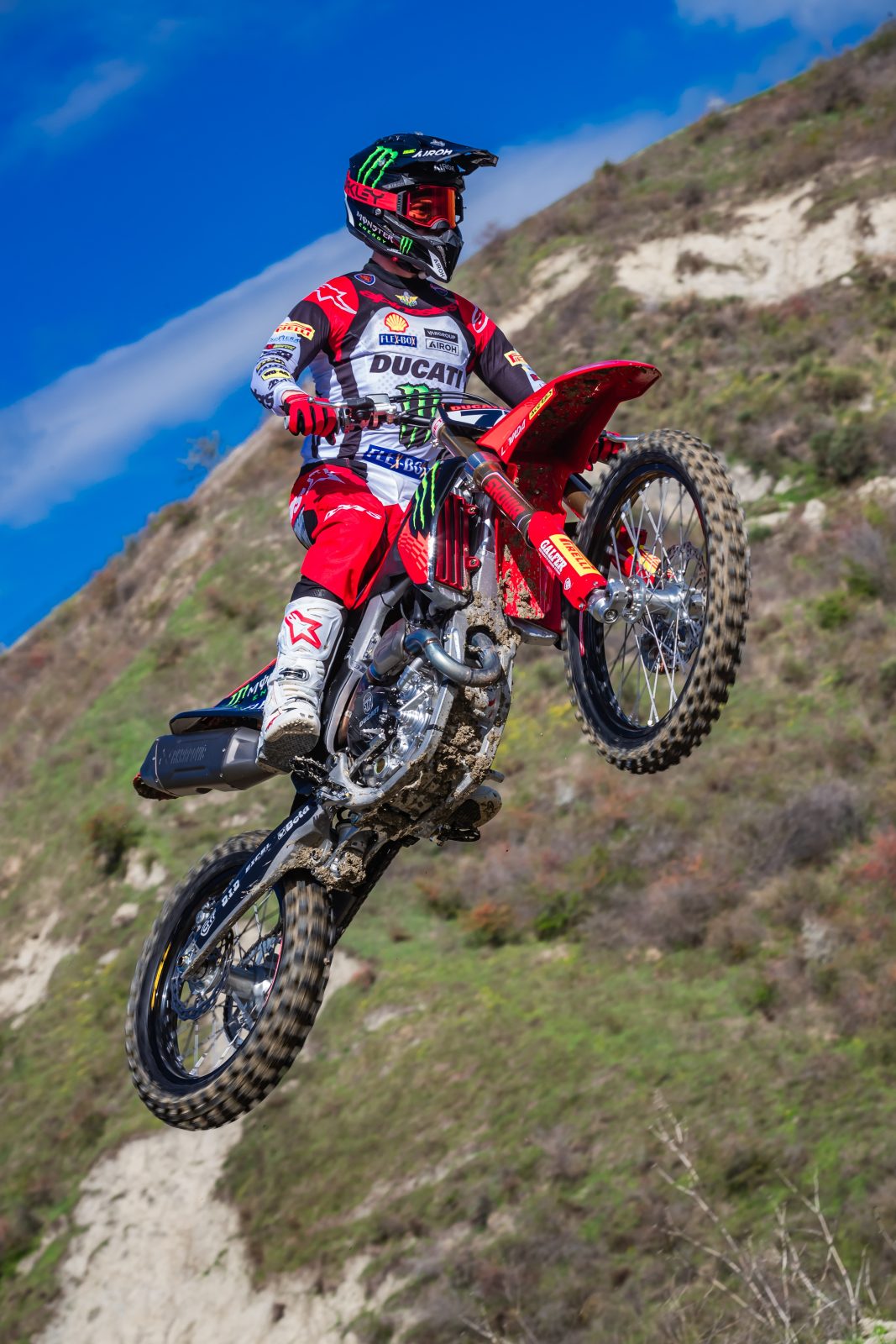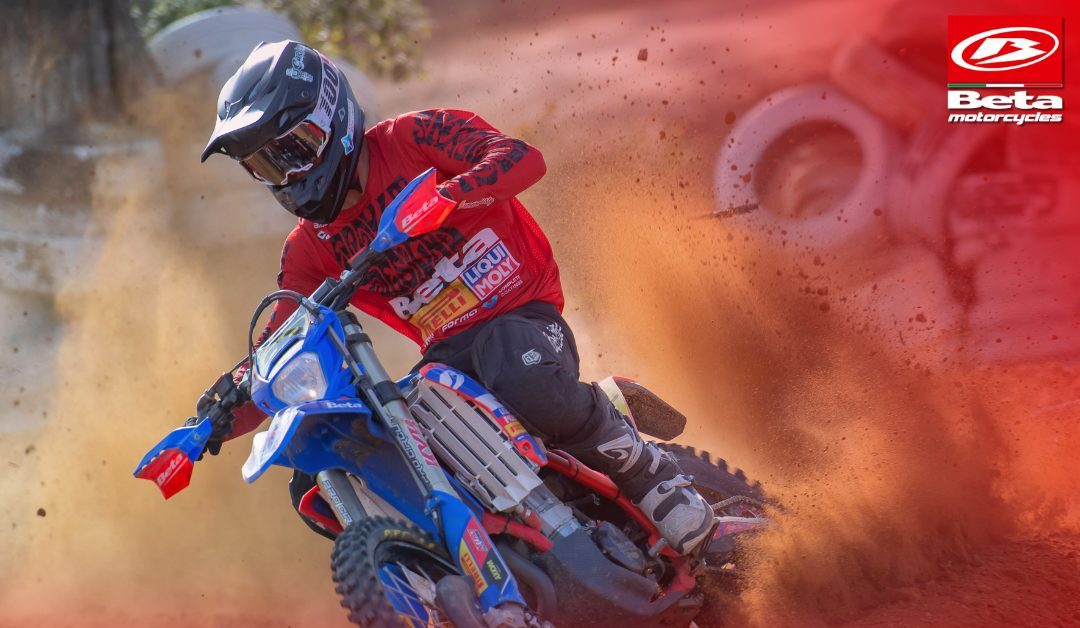The sixth edition of the 2025 Dakar Rally in Saudi Arabia will be held from 3 to 17 January on a course stretching from Bisha to Shubaytah. The Dakar field discovered Shubaytah in 2020. The gateway to the vast desert of the Empty Quarter has returned for the last two editions as the base camp for an ever more daring exploration of this sea of dunes. This time round, Shubaytah will mark the end of the adventure, much like a beacon leading the competitors to the exit.
Here’s what you need to know:
- David Castera presented the outline of the 47th edition to the 700 guests who descended on the Les Comes off-road circuit near Barcelona. After this first leg, the Dakar Tour will reach out to rally-raid enthusiasts in South Africa, Italy, Argentina, Mexico, the Czech Republic and the Netherlands in the coming weeks.
- The next edition will also be one for the tough ones, featuring the return of the 48h chrono, a traditional marathon stage and a three-day adventure in the Empty Quarter, where the race will come to an end.
- The Dakar teams have put the pedal to the metal to craft separate courses for at least five specials and design multiple loop stages.
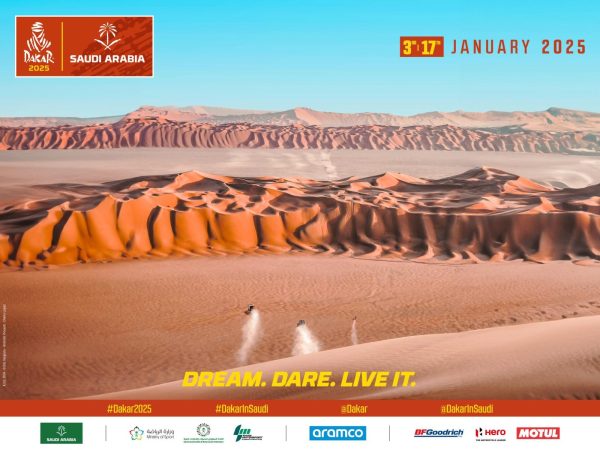
BIVOUAC IN THE THICK OF IT IN BISHA
The huge gathering that takes place before the rubber hits the road has become an event in and of itself. Competitors spend the last few hours making the final tweaks and tests ahead of the competition and going through technical and administrative scrutineering. However, this reunion stands out for the fact that this will be the third season in a row that the base camp is set up here, away from urban centres. A great deal of thought has gone into fine-tuning the look and feel of the start camp in Bisha. In line with the tradition of staying there for the first few days of the rally, the finish line of the prologue will be right in the heart of the bivouac. It will be the first time that a stop point is placed next to the podium.
CHANGE OF SCENERY FOR THE 48H CHRONO
The concept of a long stage divided between two days in which the competitors have to spend the night in one of several bare-bones bivouacs scattered across the desert was a big hit with racers and viewers alike, as well as amping up the drama and sowing chaos among the title contenders. A souped-up version of the same idea is returning for the 2025 edition, now clocking in at 950 km (up from 540 km in 2024) and on more varied terrain alternating fast and technical sections. The riders and crews will face this challenge in the opening week. There will be plenty of opportunities to open up a gap, and not just in the dunes.
SEPARATE COURSES: A FORK IN THE ROAD
At least five stages of the 2025 Dakar will take place on separate courses in order to reduce the number of times that cars have to overtake motorbikes and similar situations. In addition to boosting safety, this places car crews at the front of the field and forces them to navigate without the benefit of the riders’ tracks. The specials will get going as soon as the sun peeks over the horizon, ensuring that the FIA specials can take place entirely during the day and limiting late arrivals in the bivouac. Last but not least, the truckers will also have their own separate course in one of the stages held in the Empty Quarter.
MARATHON STAGE: PAMPERING THE MACHINES
The riders and crews will be left without their service teams on two occasions. A traditional marathon stage will join the “48h chrono “, with a dedicated bivouac that will be off limits to the usual mechanical crews. Keeping the machines in one piece over a distance of more than 800 km will be the name of the game for both the top contenders and amateurs who want to win the coveted “finisher” status.
EMPTY QUARTER: SHUBAYTAH AT THE END OF THE ROAD
The Dakar field discovered Shubaytah in 2020. The gateway to the vast desert of the Empty Quarter has returned for the last two editions as the base camp for an ever more daring exploration of this sea of dunes. This time round, Shubaytah will mark the end of the adventure, much like a beacon leading the competitors to the exit after a three-day battle among chotts and dunes, including a special stretching for more than 400 km. In the finale, the cars and riders will share the limelight with the seemingly never-ending expanse of sand. It will be a gripping spectacle.
DAKAR CLASSIC: FEELING NOUGHTY
As time goes by, what once felt new recedes into the rose-tinted mist of nostalgia. As a result, it is only natural for a new generation of “vintage” vehicles to burst onto the scene of the Dakar Classic four years after the launch of this regularity race. From now on, the competition will be open to cars and trucks registered between 2000 and 2005. Among the debutants in 2025 could be the Mitsubishi Pajero that Stéphane Peterhansel drove in his first triumph in the car category in 2004, or perhaps the Bowler in which Guerlain Chicherit and Mathieu Baumel made their first appearance in 2005. One for old times’ sake!
MISSION 1000, ACT 2
The inception of Mission 1000 provided a test bed for ten vehicles or so to put their cutting-edge alternative technologies to the test in the landscapes of the Dakar, tackling a distance suitable for their current potential every day. The desert laboratory is returning in 2025, with an increasing roster of projects that aim to build the future of rally raids.
